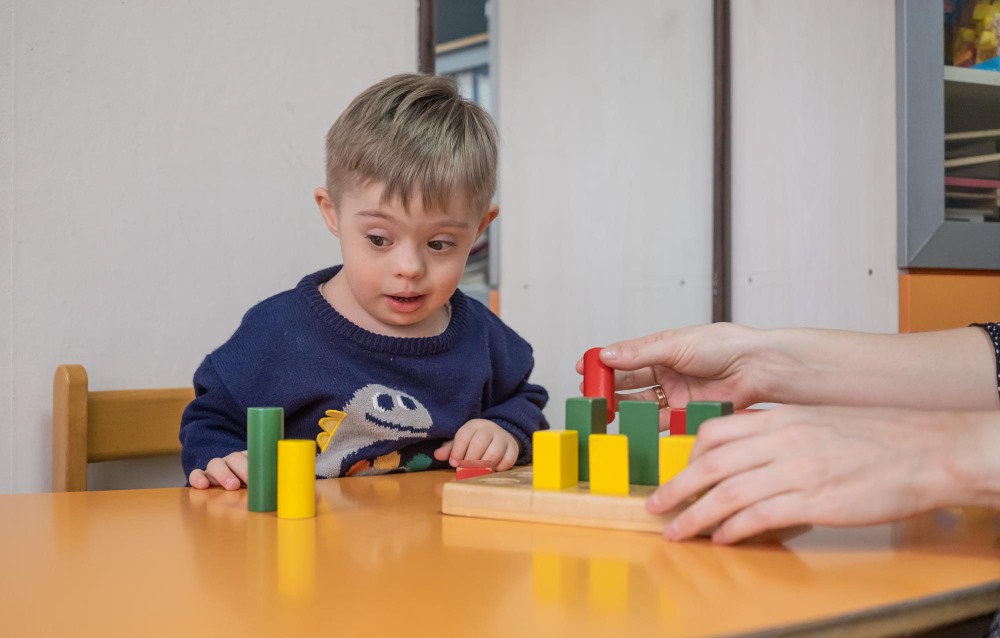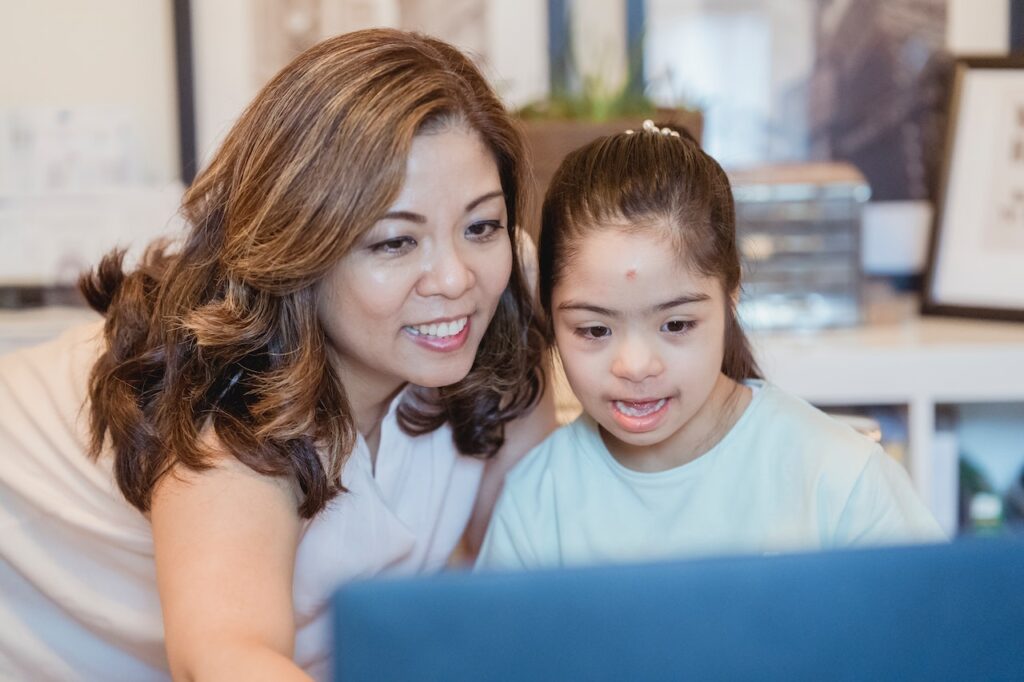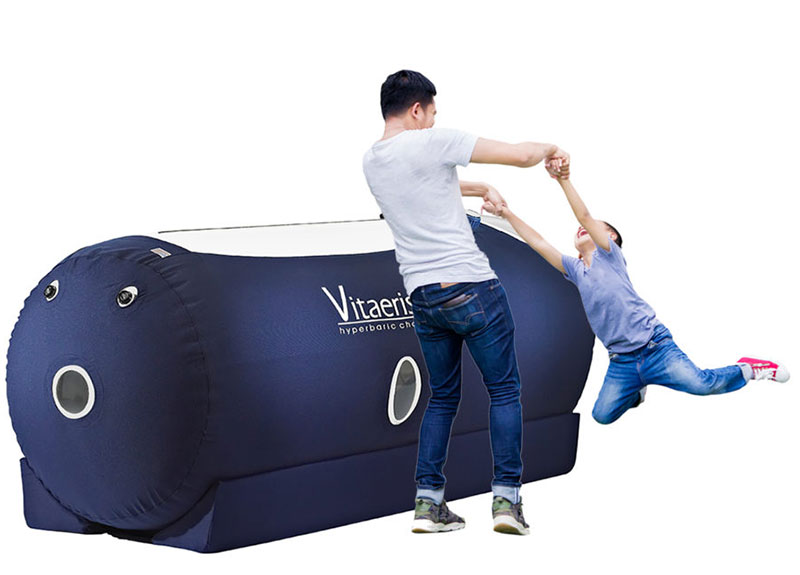In recent times, Autism Spectrum Disorder (ASD) has become widely common among children. It is a neurodevelopmental disorder that has no single known cause yet. Many health specialists around the world suspect that inflammation in the brain tissues can be a practical reason for triggering autism.
With an increasing number of autistic individuals, there is a wide array of therapies that help children and adolescents improve autism symptoms.
Types of Therapy for Treating Children with Autism
Several sensory and psychological therapies have been proven effective in improving the condition of children with autism spectrum disorders. Some of them are listed below.
1. Applied Behavior Analysis (ABA)
Applied behavior analysis is one of the most commonly used therapies for treating autistic children, based on the science of learning and behavior.
The therapy helps special needs children develop social skills, improve language competency, and enhance self-care and hygiene. It helps understand:
- How behavior works
- How the environment affects behavior
- How learning takes place
Through positive reinforcement and understanding antecedents, behaviors, and consequences, ABA therapy can meet the needs of each unique child. A therapist may ask the caregivers to reward the child each time they perform a skill or behavior successfully. Positive reinforcement or a reward encourages the child to use the skill again, thus, developing a meaningful behavior change.
2. Hyperbaric Oxygen Therapy (HBOT)
In recent years, hyperbaric oxygen therapy has proven a promising methodology to treat autism. The therapy provides the patients with 100% oxygen with an atmospheric pressure of 2-3 times more than natural air.
According to health specialists, the supply of oxygen with a higher atmospheric pressure improves blood flow and provides nutrient-rich blood all over the body. Thus, HBOT nourishes the damaged cells and reduces oxidative stress and neuroinflammation, improving the brain functions of autistic patients.
3. Relationship Development Intervention (RDI)
This is a family-based behavioral therapy for educating autistic children to bond with their family members. RDI also helps children learn to deal with transitions. In this therapy, parents need to play an important role as their child’s primary therapist.
4. Cognitive Behavioral Therapy (CBT)
One of the significant challenges autistic children and adolescents face is handling stressful situations. In the CBT method, the therapists help children with autism syndrome cope with fear and anxiety. They educate the children about practical responses needed at certain times.
Sometimes, if a child with autism fails to perform a task, they might generalize their ability for other tasks based on that single event. Cognitive behavioral therapy also helps autistic children change maladaptive behaviors.
5. Speech Therapy
Children and adolescents with mild to moderate autism symptoms often benefit from speech therapy. The therapy addresses difficulties with language and communication and helps autistic patients overcome social isolation.
However, this therapy method may not be effective for every individual with autism, especially those who suffer from severe autism.
6. Play Therapy
Through a playful way, the therapy helps autistic children learn how to interact with other people. It educates them to engage and interact with other children. In this way, they can explore their surroundings and others’ feelings and interests.
7. Music Therapy
Music therapy assists individuals with autism to identify and express emotions of their own and others. The therapy helps enhance their emotional connections.
Music therapy involves various stages, including:
- Assessment – Where the therapist aids the child in finding out the child’s requirements.
- Goal-setting – Where the therapist designs a tailored program based on the child’s needs.
- Activities – Sessions designed to meet children’s needs. Activities can include songwriting, singing, playing instruments, working in groups, etc.
- Evaluation – Regular evaluation takes place to ensure the therapy is working well.
In Conclusion
The latest research by the CDC shows that about 1 in 36 children suffer from autism. However, children with early signs of autism can benefit from the above-mentioned therapies if started at the right time.
Several shreds of evidence are there on the internet that show parents of autistic children around the world reporting how these therapies have improved their children’s social and communication skills.



